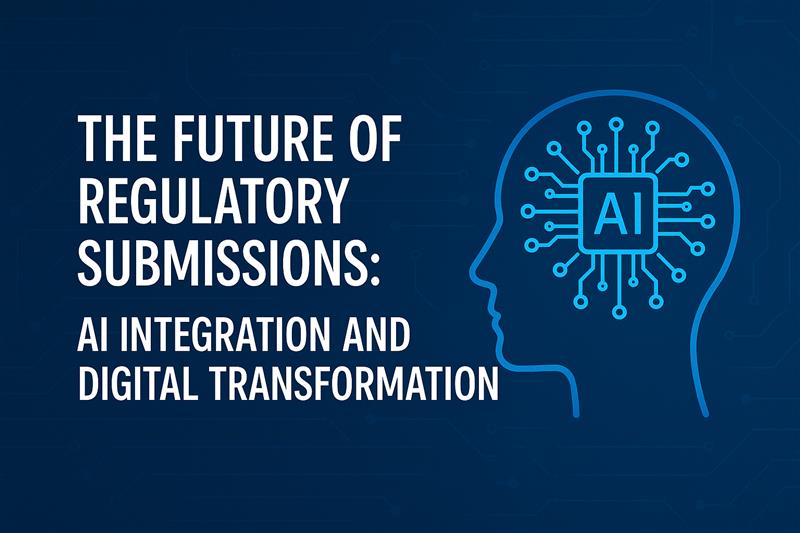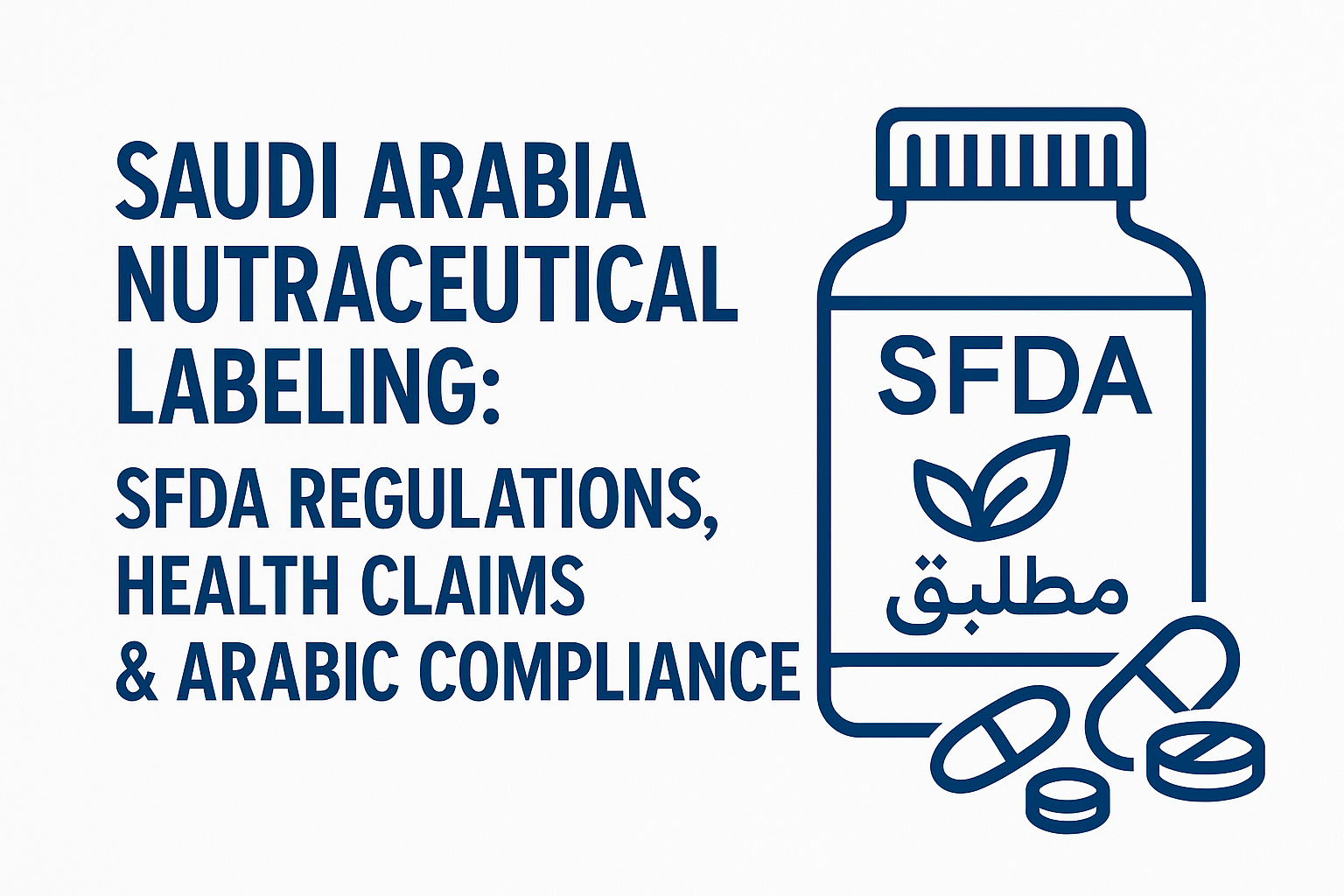

Why Regulatory Submissions Need a Digital Overhaul
Legacy submission models were not built for today’s globalized, high-velocity product pipelines. With regulatory requirements evolving across multiple regions, companies are juggling:
- Fragmented clinical and quality data
- Updates to regulatory guidelines
- Resource-draining reviews with little automation
This results in lost time, increased compliance risk, and reduced visibility across teams. Regulatory digital transformation isn’t just about speed- it’s about creating a connected ecosystem where submission planning, authoring, versioning, and approvals are streamlined in real time.
Companies moving away from spreadsheets and static files toward cloud-based platforms are seeing measurable benefits in submission readiness and team productivity.
AI in Regulatory Submissions: From Data Processing to Decision Support
Artificial Intelligence is emerging as a key enabler in regulatory operations, offering both automation and insight. Unlike traditional tools, AI can analyse large volumes of structured and unstructured data to identify gaps, generate documents, and even suggest submission timelines based on historical patterns.
Key use cases include:
- Document intelligence: NLP-based tools scan clinical and technical files to flag inconsistencies or missing elements.
- Smart content reuse: Ai helps reuse validated content across the submissions to minimize manual work
- Predictive planning: Machine learning models can estimate review timelines based on regional regulator behaviour.
This evolution allows regulatory professionals to shift their focus from task execution to strategic oversight. AI doesn’t replace human judgment-it enhances it.
RegTech and Automated Tools Driving Compliance Agility
Alongside AI, the rise of Regulatory Technology (RegTech) platforms is transforming how submissions are built, tracked, and updated. These tools are no longer just repositories - they’re intelligent engines that manage submission lifecycles, ensure document traceability, and enable cross-team collaboration.
Today’s leading RegTech solutions offer:
- Centralized dashboards for global submission tracking
- Automated validation against region-specific templates
- Version control with audit-ready documentation history
- Integration with quality, safety, and labelling systems
More importantly, these platforms support compliance agility - the ability to adapt quickly to changes in regulatory requirements without compromising data integrity. In fast-moving categories like medical devices, digital therapeutics, and nutritional products, this agility is a competitive advantage.




.png)




